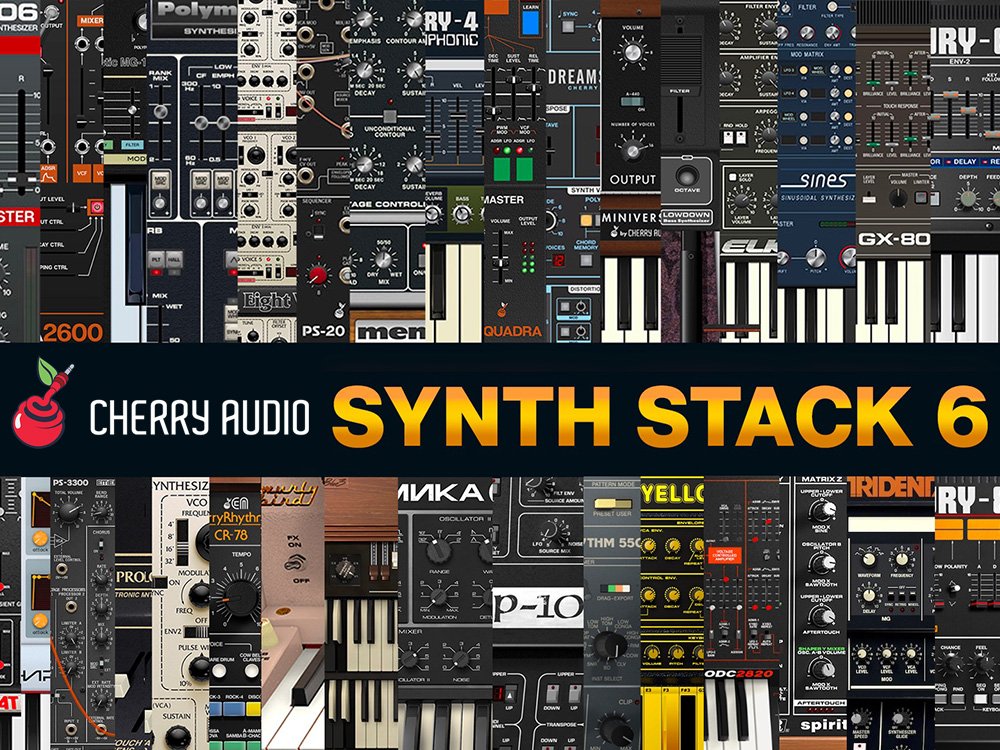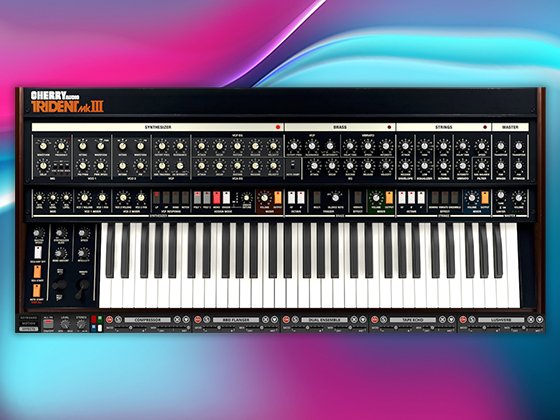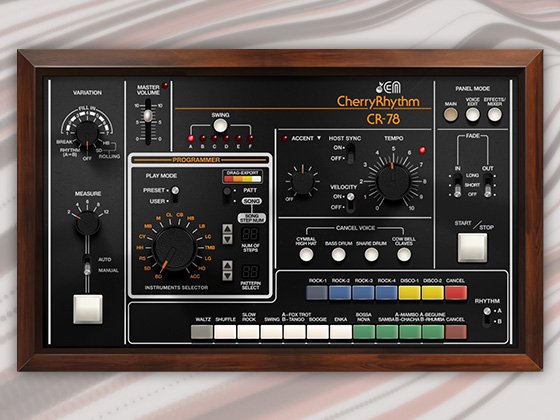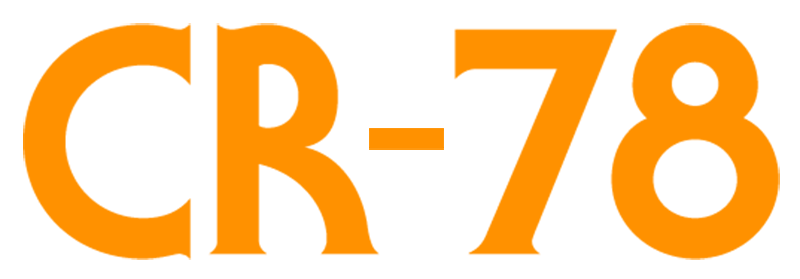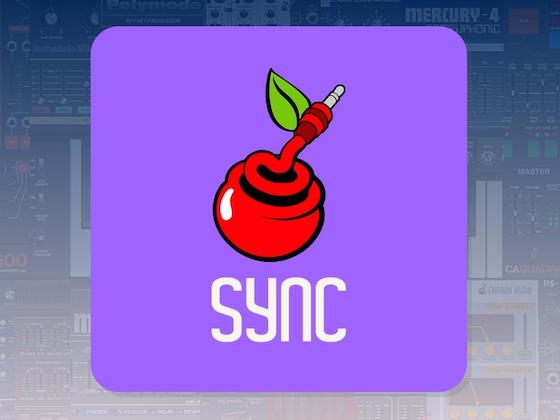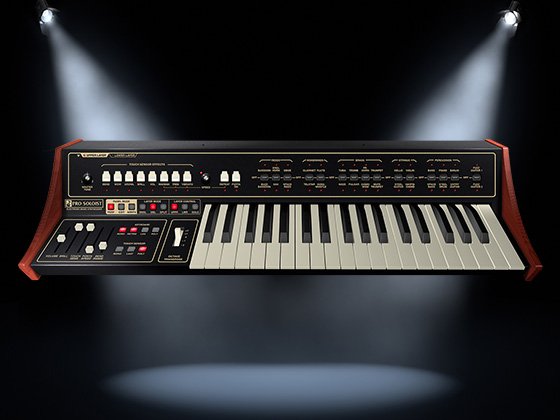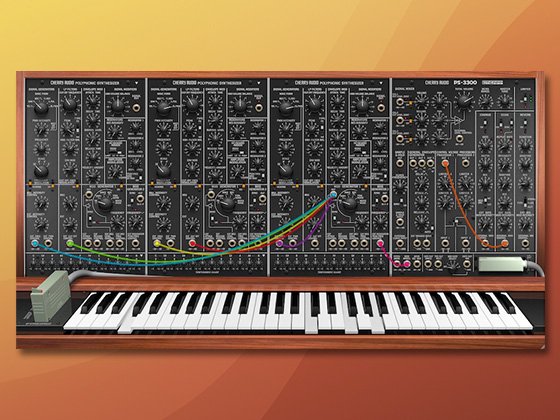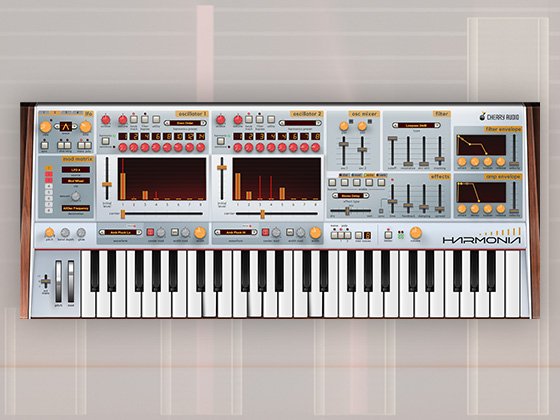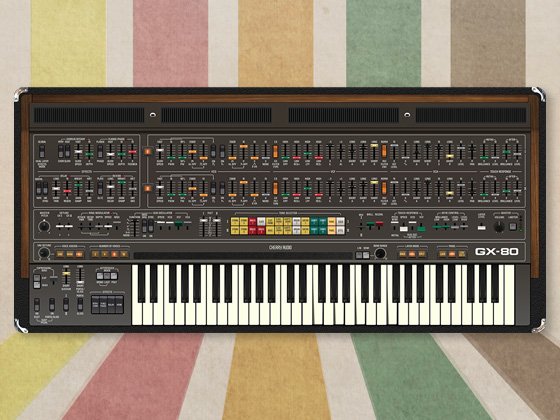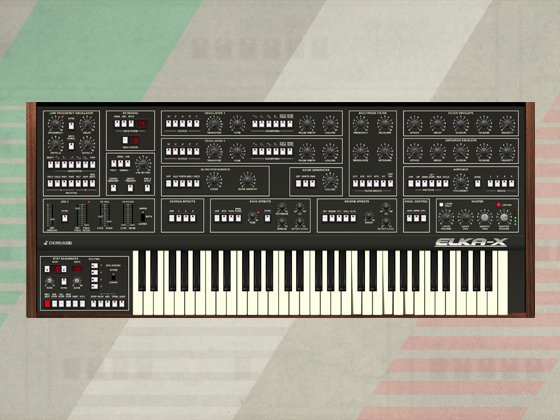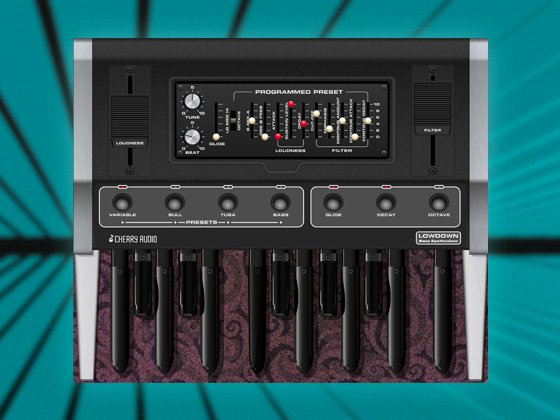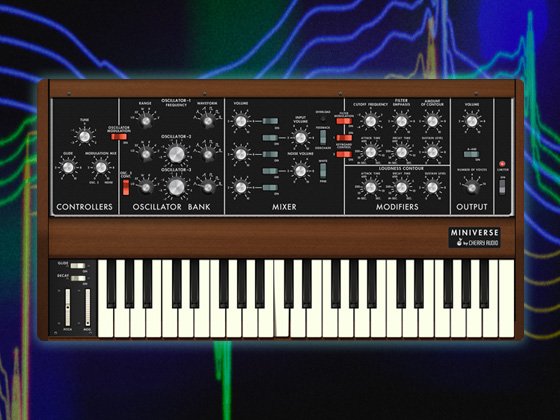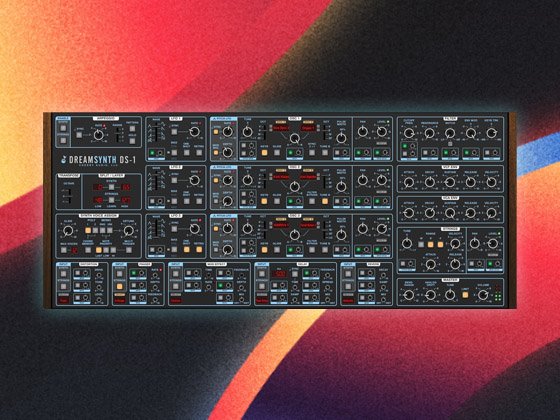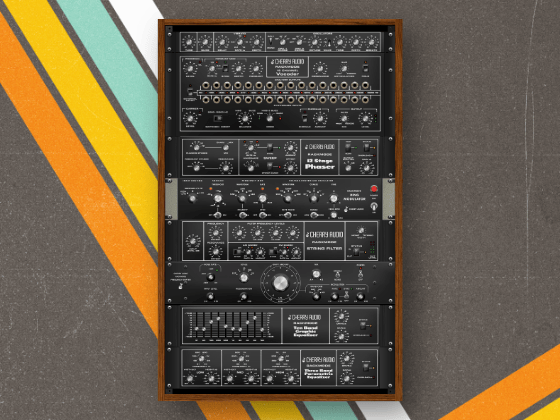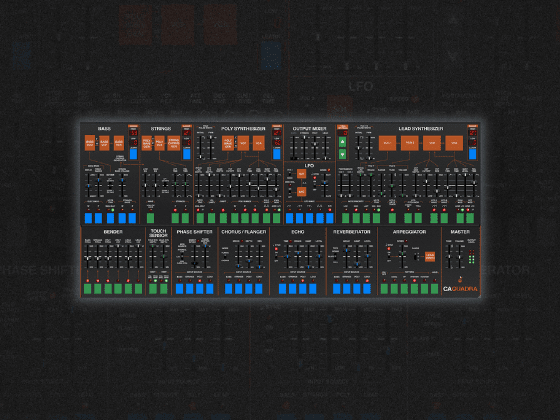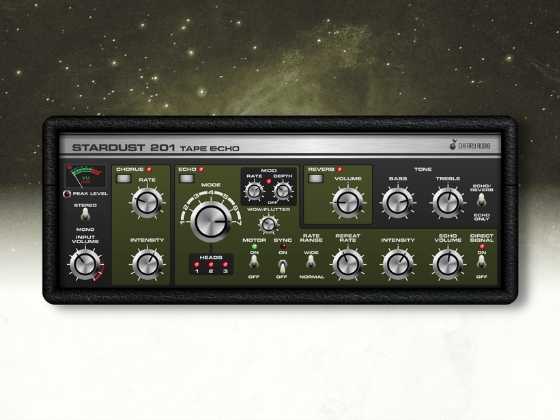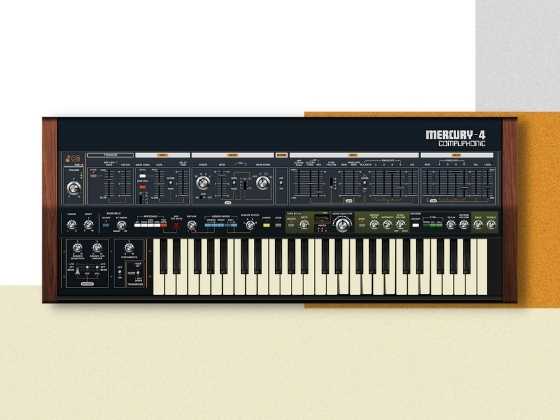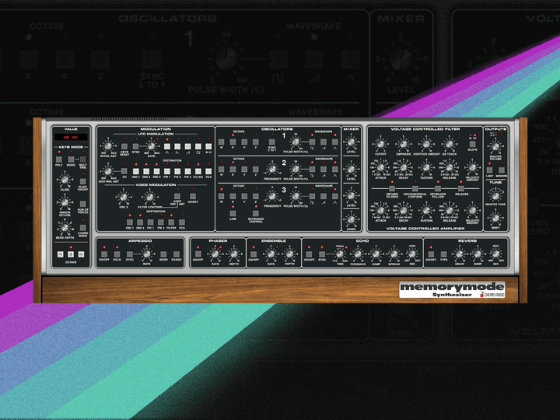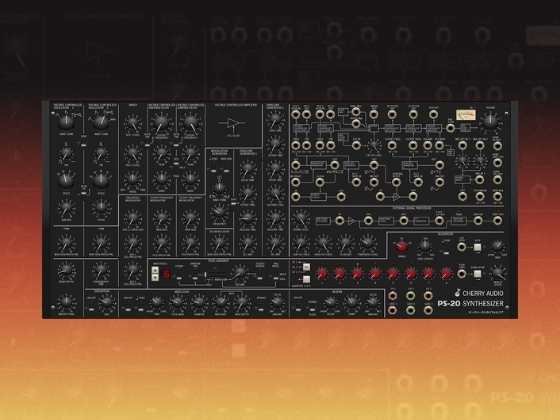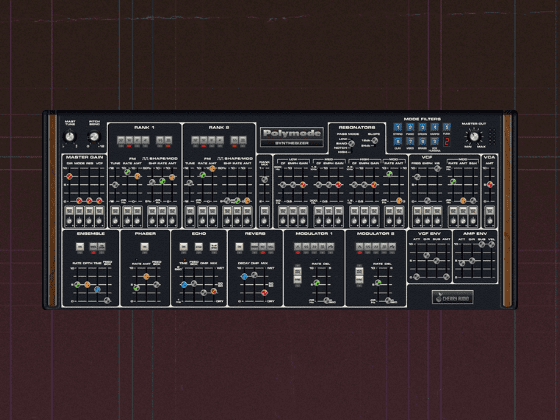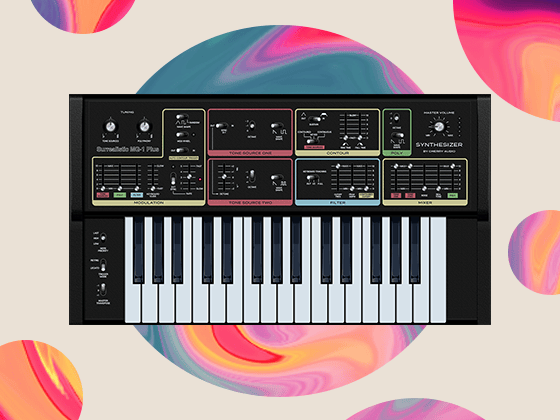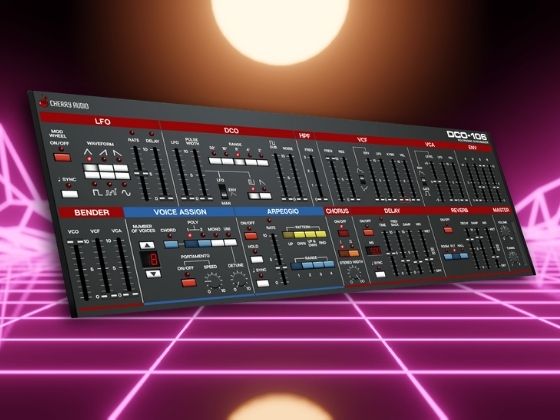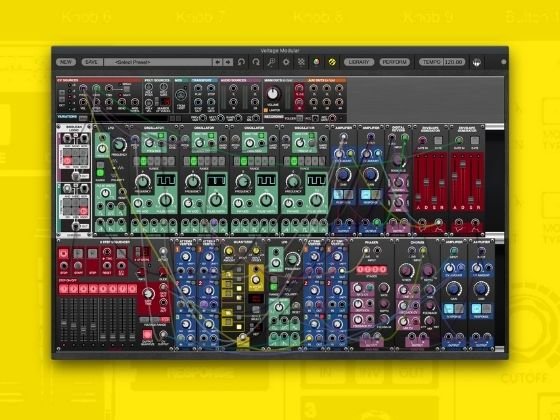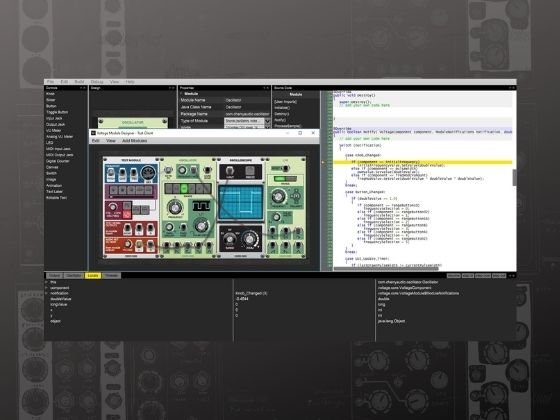$24.99 $50.00
This is what you get, when you grab an old sampler, renovate it to deal with MIDI & CV, and then get all Playertron-y with its functionality. Vaguely (very vaguely) informed by the immediacy & tone of the SP1200, the workflow of a modern turntable deck, and the virtues of working in a modular setup, the CP110 is built to do that sort of meta music creation where you make a drum loop and then leap around within it, produce a melodic performance and then re-pitch it into new melodies, or even record & remix a patch on the fly, within the patch itself.
Load up an audio file (upper right) or record one (upper left) directly (you can even trigger recordings for perfect sync), then access various points within the sample via the 8 blue cue buttons. By default, these are evenly spaced across a sample, so loops will be conveniently chopped up evenly on beat. You can adjust each cue point via the blue bars (coarse) and silver dials (fine) below. The little arrow buttons which neighbor these controls allow you to nudge. The upper white knobs let you define narrower ranges for assigning cue points with more precision.
In addition to the main outs, each cue point has a dedicated output (with individual gain controls) which is only unmuted when its cue is the most recently activated. Each cue also has a dedicated tuning control (black, ranging from 0-200%), so different cue points can be associated with different playback rates. You can cue to a snare playing fast, then a bass drum playing slow, and you can use their individual outputs with individually assigned volumes to process them differently too, perhaps putting reverb on the snare and a filter on the bass drum.
The orange Quality control can be used to dial in a special recipe of lofi goodness, affecting internal saturation, compression, equalization, bit depth, sample rate, jitter, and other digital artifacts. At 100%, you can get clean samples. At 50%, it's kind of a mess, like a warped cassette tape recorded on a 90's toy.
To control it via CV, send triggers/gates to the jacks which neighbor the blue cue buttons and/or to the jacks by the upper play/stop buttons, activating these buttons just the same as if they were pushed. The PITCH CV jack allows you to perform melodies, adjusting playback rate to match pitches.
With the MIDI jack, you can alternatively controls these same features (plus a few more). Next to that MIDI jack, a knob (right) lets you select an octave for trigger cue points - from C to C of this octave, the white keys correspond to the 8 blue buttons and the black keys all act as play/pause buttons. Outside of this specified octave, keys (black & white of course) can be used to re-pitch the samples so that you can play melodies. Use two hands to jump around your audio sample and pitch it as you go.
Further, MIDI CC messages can be used to adjust the blue bars and silver dials which scrub across a sample to set its cue point. It provides a tactile immediacy and also a performance tool which is a little like record scratching (but much more digital-ish). Mouse over each control to see which CC # controls it, or use the CC Assign dial (lower left of the midi jack) to adjust those CC #'s.
This sampler was built to be a nimble instrument for performing with samples. Let it turn your music into ever more music...
